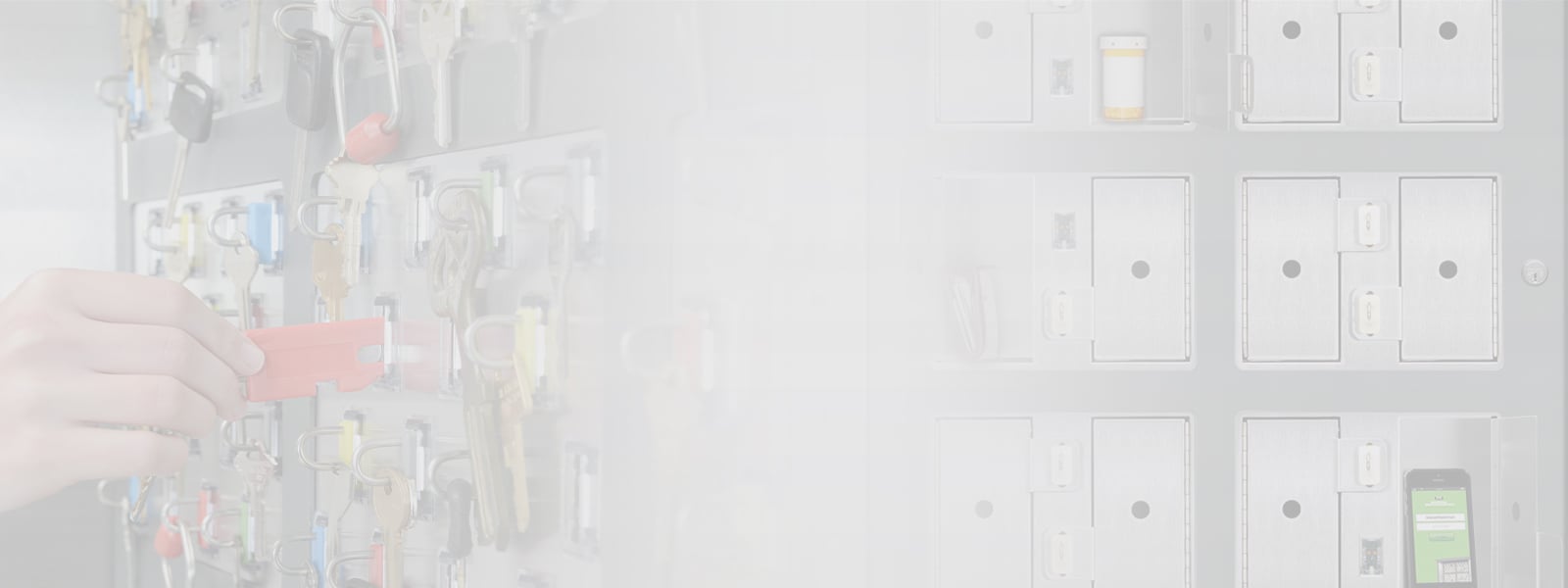
Today’s K12 schools have to be prepared for anything and everything – especially an emergency. With both natural disaster and active shooter events on the rise, it is critical for schools to implement comprehensive emergency preparedness plans that prioritize the safety and well-being of those inside. These plans most often consist of lockdown, evacuation, and shelter-in-place drills with approximately 98% of public school students actively drilled on lockdown procedures.
And while rooted in good intentions, locked doors can limit first responders in their response times and effectiveness if they are unable to quickly reach those inside.
To combat this concern, schools can improve safety and the effectiveness of their emergency preparedness plans with the installation of an electronic key control system designed specifically for emergencies. Here’s how it works:
What is Key Control?
At their most basic level, key control systems are designed to securely protect physical keys in an electronic key cabinet - only to be released to authorized users based on pre-determined factors. At their most complex, key control systems are an integral piece of the larger security puzzle that can be integrated with access control and video surveillance systems for a comprehensive security solution. These systems are designed to handle a handful of keys all the way up to 18,000 keys and 10,000 users per site. With vandal-resistant housing, think of a key management system as a secure, intelligent key lock box with built-in tracking, audit trails, and customizable access levels.
LEARN MORE: Key Control Systems for K-12 Schools
Setting the Scene
To understand the importance and application of emergency key control, consider any emergency incident unfolding at a K12 school. During such an event, school crisis preparedness plans may dictate the implementation of lockdown procedures wherein external and internal access points are locked in order to prevent further harm and unauthorized access. But in a time of crisis, time is of the essence. If first responders are unable to reach those in trouble due to a locked door or lost key, the consequences can be disastrous. The fact is - every second first responders waste waiting for access is a second lost that could have been spent saving lives.
Emergency Key Control in Action
Emergency key control systems, such as the Emergency Key Grab (EKG) Kit from Morse Watchmans, solves this issue, providing first responders with fast, secure access to keys in the event of a facility lockdown. When first responders arrive on scene, they can immediately access the key control cabinet using either a pre-defined pin code, issued key card, or other secured credential. With color coded markings and/or written indications, first responders can then remove the master keyring(s) that contains the keys for all locked internal access points. Now first responders can move freely throughout the school to quickly address the situation without delay or obstruction.
Additional Resources
To aid schools in the implementation of their emergency key control system, Morse Watchmans also pledges one-on-one key control training for all schools with the deployment of an EKG Kit. The goal here is to help schools integrate emergency key control into their existing crisis management procedures and maximize the effectiveness of the EKG Kit based on personalized factors. Printed educational materials are also included, outlining tips and best practices for implementing key control in K12 schools.
FREE RESOURCE: How to Write a Key Control Policy for K-12 Schools
Designed with the understanding that access should be immediate and secure, emergency key control ensures that first responders have the keys they need, exactly when they need them, without compromising security. In this way, K12 schools can significantly improve emergency response times during critical incidents and give parents peace of mind, knowing that their children's school is equipped with robust security measures to handle emergencies efficiently.



